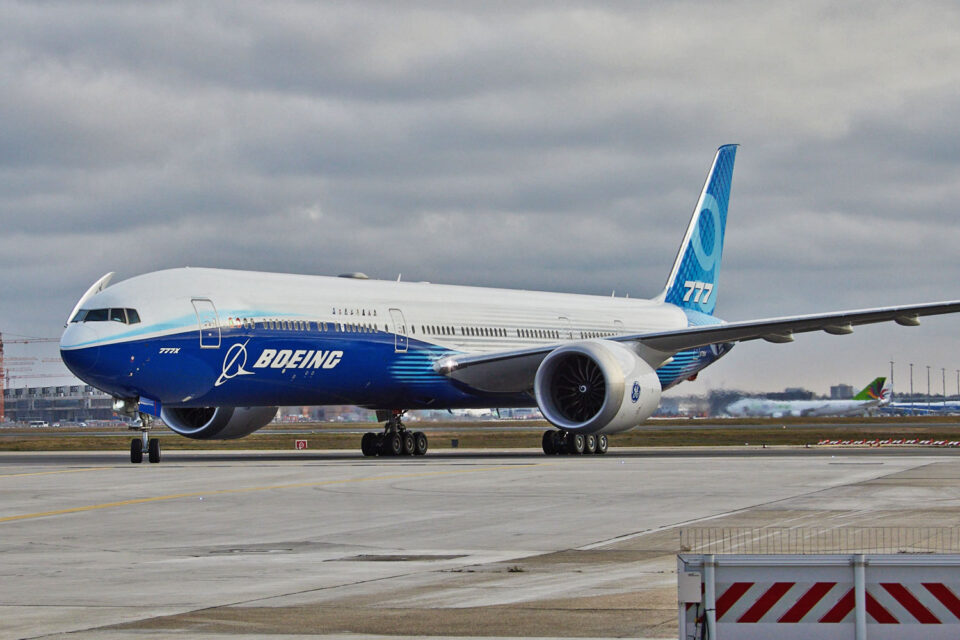COMAC has been making headlines around the world due to its two commercial jets, the ARJ21 and the C919, which promise to challenge Western dominance in air travel.
But the state-owned manufacturer seems not to be satisfied with just the narrowbodies segment. According to the South China Morning Post, COMAC has begun studies of a new widebody jet, the C939.
You didn’t read it wrong: C939 and not C929, an aircraft that has been developed for a few years. The Chinese, according to the report, are already thinking about a second aircraft for long-haul flights.
Follow Air Data News: WhatsApp | Google News | Instagram | LinkedIn | Twitter | Facebook

The outlet’s sources, however, did not elaborate much on the new project, only that it is in an initial phase and will take several years to become a reality.
But it is understood that the supposed widebody should complement the performance of the C929, a twin-engine aircraft with capacity for around 280 passengers and a range of 12,000 km, similar to the Boeing 787.
Rival to the Boeing 777X?
Despite the lack of data, it is suggested that the C939 will be an even larger jet and not an elongated variant of the C929 (which could become a family of aircraft as well).
This leads us to believe that the C939 could be a direct rival to the Boeing 777X, a widebody that can carry around 400 passengers and travel enormous distances, up to 16,200 km (8,745 nm).

With the hypothetical aircraft, COMAC would operate across the entire air travel market, ranging from 90 seats to large jets with around 400 seats.
Only China’s main airlines could make a second, larger widebody viable. Air China, for example, has 30 A350-900s, 28 Boeing 777-300ERs and seven 747-8s in its fleet.
China Eastern Airlines has another 40 large widebodies while China Southern Airlines has 35 planes, which shows that the country’s three big carriers alone could theoretically order around 150 aircraft just to replace the current fleet.
Lack of home-grown engines
The challenges ahead, however, are enormous. COMAC is just at the beginning of the learning curve in producing a narrowbody like the C919, which is the most versatile and sought-after aircraft type on the market.
Chinese industry also still depends heavily on Western suppliers, including engines. The experience with the C929 says a lot in this regard.

Initially, COMAC joined forces with UAC, from Russia, to launch the CR929, however, the lack of resources from partners and the beginning of the military invasion of Ukraine removed the Russians from the program.
The CR929’s engine would be the PD-35, the largest turbofan developed in Russia. Now, the C929 may have to depend on a Western engine to be launched while China does not manufacture similar equipment.
And there is also the ongoing energy transition, which makes a new commercial aircraft risky in the next decade, so close to the emissions limit predicted for 2050.
Despite this, it is advisable not to ignore Chinese efforts to have a complete line of commercial aircraft.

